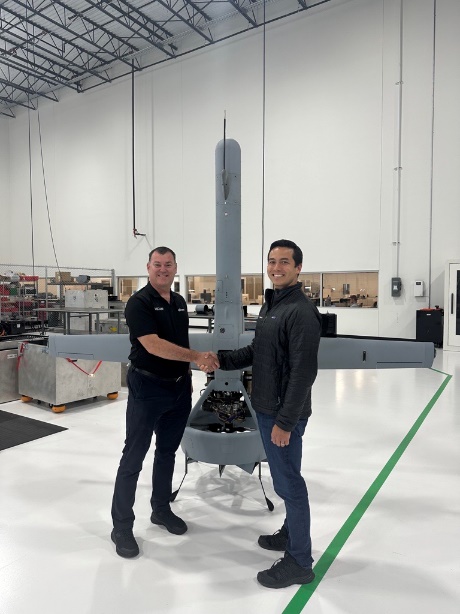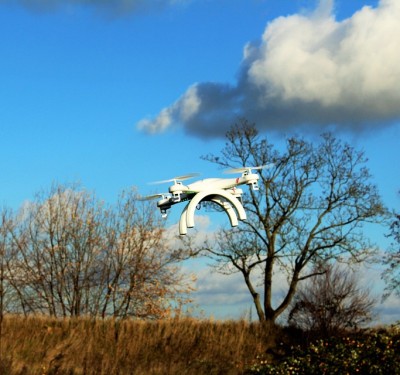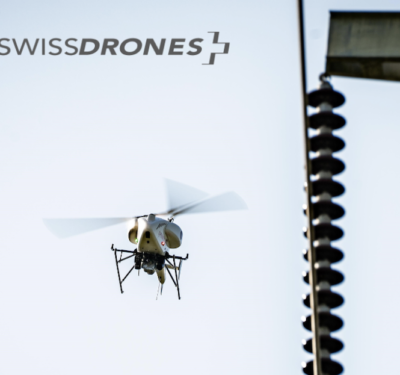
SAN DIEGO—Shield AI, an American defense technology company, and Sentient Vision Systems, an Australia-based provider of AI-enabled passive wide area search, announced a strategic collaboration to deliver wide area motion imagery for defense users and other customers.
The companies will jointly develop and integrate a ViDAR-enabled, wide-area-search capability onto Shield AI’s V-BAT unmanned aircraft, enabling Shield AI’s V-BAT to classify, track and read-and-react to targets in dynamic missions. Shield AI plans to fly the capability on V-BAT next year.
“This work with our Australian partner, Sentient, is a unique opportunity to fuse the innovation prowess of two companies from allied countries on opposite sides of the world. Together, we are shaping the future of defense technology,” said Brandon Tseng, Shield AI’s president and cofounder, and former U.S. Navy SEAL.
ViDAR is Sentient’s AI system, which uses an electro-optic or infrared sensor to detect and classify targets in the imagery stream that would be invisible to a human operator or to a conventional radar. With these enhanced capabilities, V-BAT will be even more proficient in executing the most challenging missions, offering a level of capability that significantly bolsters threat deterrence, thereby reinforcing international peace and security.
“Sentient is excited and proud to be working with Shield AI on this truly breakthrough solution,” said Mark Palmer, Sentient’s chief technology officer. “We look forward to combining the AI expertise and operational understanding of our two great teams to deliver superior ISR capabilities for today’s rapidly changing defense and security environment.”






